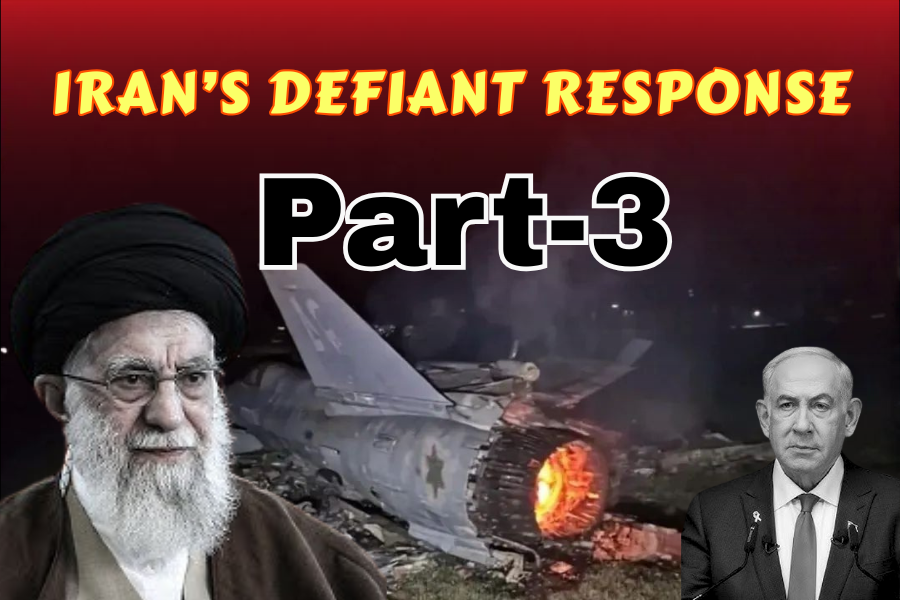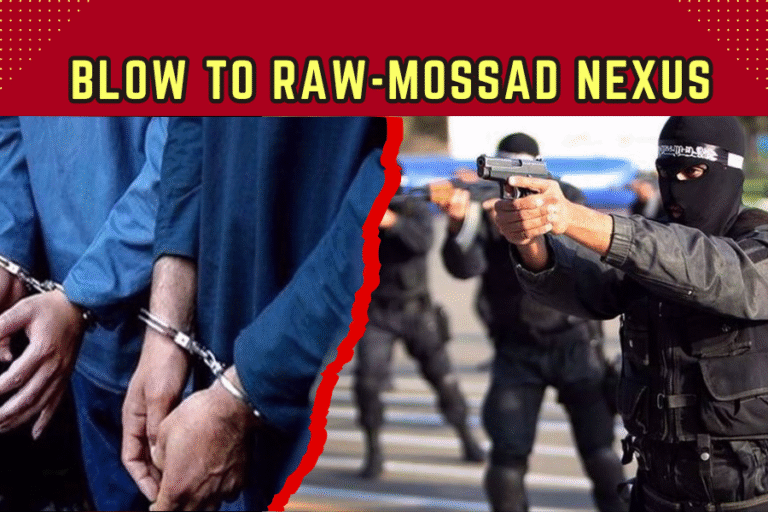(By Khalid Masood)
On the night of June 12-13, 2025, Israel unleashed Operation Am KeLavi, a brazen aerial assault on Iran’s nuclear facilities, military bases, and leadership, killing 78, including commanders Mohammad Bagheri and Hossein Salami, and injuring 329. Over 200 Israeli jets, led by F-35I Adir stealth fighters, pierced Iran’s skies, exploiting Mossad’s covert sabotage to cripple air defences. Yet, Iran’s response, dubbed Operation Severe Punishment, was swift and resolute, shattering Israel’s aura of invincibility. Iranian forces claim to have downed two F-35s and an F-16, captured a female Israeli pilot, and pummeled Tel Aviv with a barrage of ballistic missiles, wounding dozens and sowing chaos. This seismic clash, particularly the destruction of stealth F-35s, reverberates beyond the battlefield, threatening Lockheed Martin’s market and nudging India toward Russia’s Su-57. Iran’s defiance, born of strategic patience and technological grit, marks a turning point in the Middle East’s power balance.

Iran’s Robust Counterstrike: A Tactical Masterstroke
Iran’s response to Israel’s aggression was neither timid nor haphazard. Hours after Israeli jets struck Natanz, Fordow, and Tehran, the Islamic Revolutionary Guard Corps (IRGC) launched Operation Severe Punishment, firing over 100 ballistic missiles, including Fattah-1 hypersonic missile, at Israeli military bases and Tel Aviv’s urban core. Explosions rocked the city, with missiles evading Israel’s Iron Dome, damaging buildings, and injuring 34, including one critically. Iranian state media reported strikes on Nevatim Airbase, home to F-35 squadrons, and the Mossad headquarters, symbolizing a direct rebuke to Israel’s intelligence treachery. Over 100 drones complemented the missile salvo, overwhelming Israel’s multilayered defences, which intercepted most but not all projectiles. This calculated escalation, rooted in Iran’s doctrine of proportional retaliation, showcased its ability to strike deep into enemy territory despite prior losses.
The most audacious claim—yet to be independently verified—is Iran’s assertion of downing two F-35I Adir jets and an F-16I Sufa, with a female pilot captured. Iranian media, including Tasnim and Fars, reported that S-300 systems, possibly upgraded with Russian or indigenous enhancements, locked onto the stealth jets, exploiting their high-altitude flight profiles during the attack. The IRGC’s air defence units, activated in Tehran and Isfahan, intercepted missiles and drones, with one F-35 allegedly crashing near Pirouzi, where the IRGC’s headquarters stands. The pilot’s capture, if true, would be a propaganda coup, though Israel denies these losses, claiming all aircraft returned safely. While skepticism surrounds Iran’s claims, the absence of visual evidence from Israel and the IDF’s vague denials fuel speculation. Iran’s prior success against stealth drones, like the U.S. RQ-170 in 2011, lends credence to its anti-stealth capabilities, challenging the F-35’s invulnerability myth.
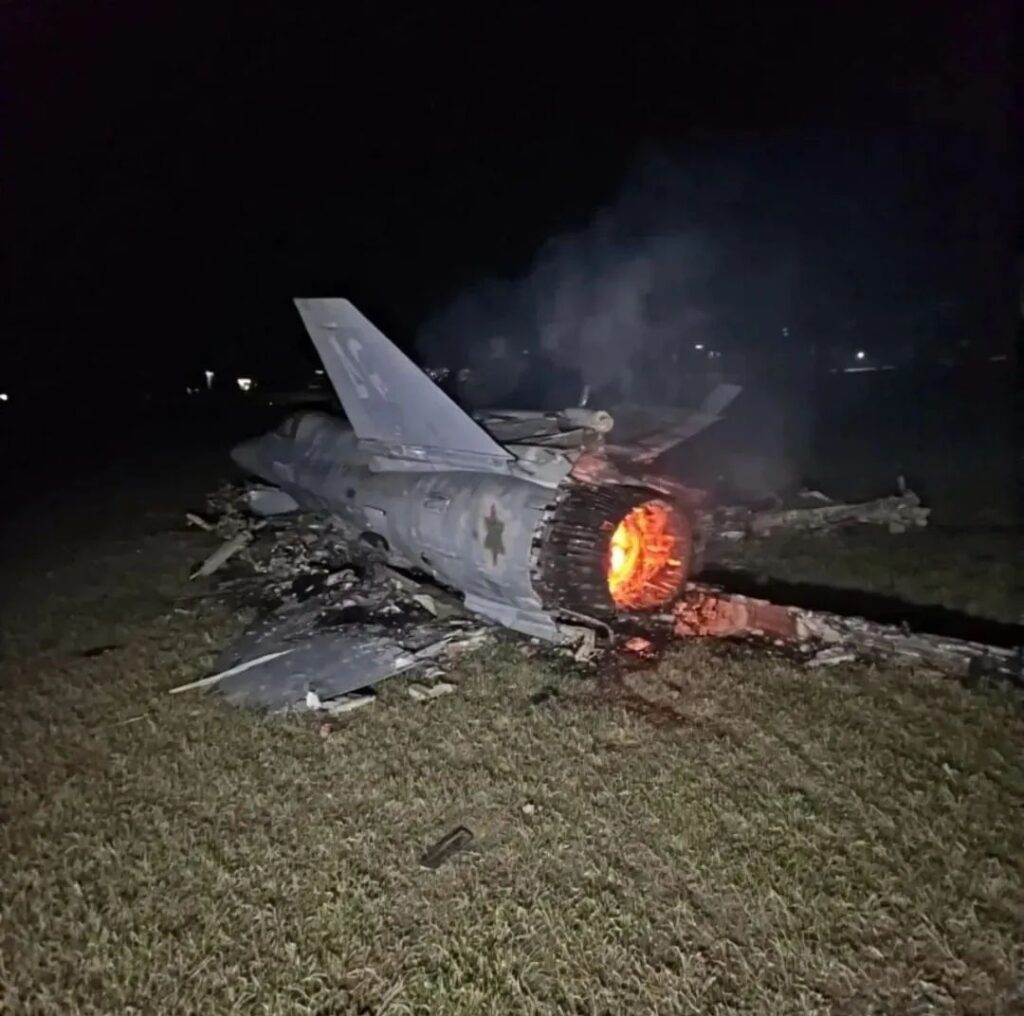
The F-35’s Fall: A Blow to Stealth Supremacy
The alleged downing of F-35s is a watershed moment in military aviation. The F-35I Adir, a $428 million fifth-generation stealth fighter, is the cornerstone of Israel’s air superiority, designed to evade advanced radars like the S-300. Its low-observable design, advanced avionics, and electronic warfare (EW) suite render it nearly invisible—or so Lockheed Martin claims. Yet, Iran’s air defences, a “hodgepodge” of Russian S-300s, indigenous Bavar-373s, and Chinese HQ-9s, may have exploited vulnerabilities. High-altitude operations, necessary for precision strikes, expose F-35s to long-range SAMs, while their stealth is less effective against low-frequency radars. Iran’s upgrades, possibly reverse-engineered from captured U.S. technology, could have enhanced target acquisition, turning the hunter into the hunted.
The strategic implications are profound. The F-35’s mystique, cultivated through decades of U.S. marketing, hinges on its impenetrability. A confirmed loss to 1990s-era S-300s would shatter this narrative, exposing the jet’s limitations against peer adversaries. X posts reflect global shock, with analysts predicting a “massive PR loss” for Lockheed Martin and a reevaluation of the F-35’s $1.7 trillion program. NATO allies, already wary of the jet’s costs and maintenance issues, may hesitate to expand fleets, while non-aligned nations could pivot to alternatives like Russia’s Su-57 or China’s J-20. Iran’s feat, if true, underscores the resilience of layered air defences against overhyped stealth technology, emboldening nations like Syria and Venezuela to resist Western air dominance.
Market Shockwaves: India’s Pivot to the Su-57
India, a key player in the global arms market, stands at a crossroads. Long courted by the U.S. for F-35 procurement, New Delhi has hesitated due to budget constraints, concerns over a U.S.-controlled “kill switch,” and integration challenges with its Russian-heavy arsenal. The alleged F-35 shootdown amplifies these doubts. X posts suggest India’s defence establishment, already skeptical of Lockheed Martin’s promises, views Iran’s success as a “damning” indictment of the F-35’s survivability. With U.S.-India relations strained over trade and Russia sanctions, New Delhi is likely to spurn the F-35, fearing reputational and operational risks. The jet’s $110 million unit cost and $36,000 per flight hour maintenance dwarf the Su-57’s $40 million price and lower sustainment costs, making the Russian option economically compelling.
Russia’s Su-57 Felon, a fifth-generation fighter with supercruise, advanced sensors, and hypersonic missile compatibility, aligns with India’s strategic needs. Unlike the F-35, the Su-57 integrates seamlessly with India’s Su-30MKI and S-400 systems, ensuring interoperability. Russia’s willingness to co-produce Su-57s under the Make in India initiative, coupled with technology transfers, sweetens the deal. Iran’s success against stealth jets validates Russia’s design philosophy, which prioritizes agility and firepower over pure stealth. India’s shift could trigger a domino effect, with nations like Algeria and Vietnam following suit, eroding Lockheed Martin’s market share. The F-35’s global order book—3,000 jets across 20 countries—faces cancellations or delays, potentially costing Lockheed Martin billions and denting U.S. defence exports.
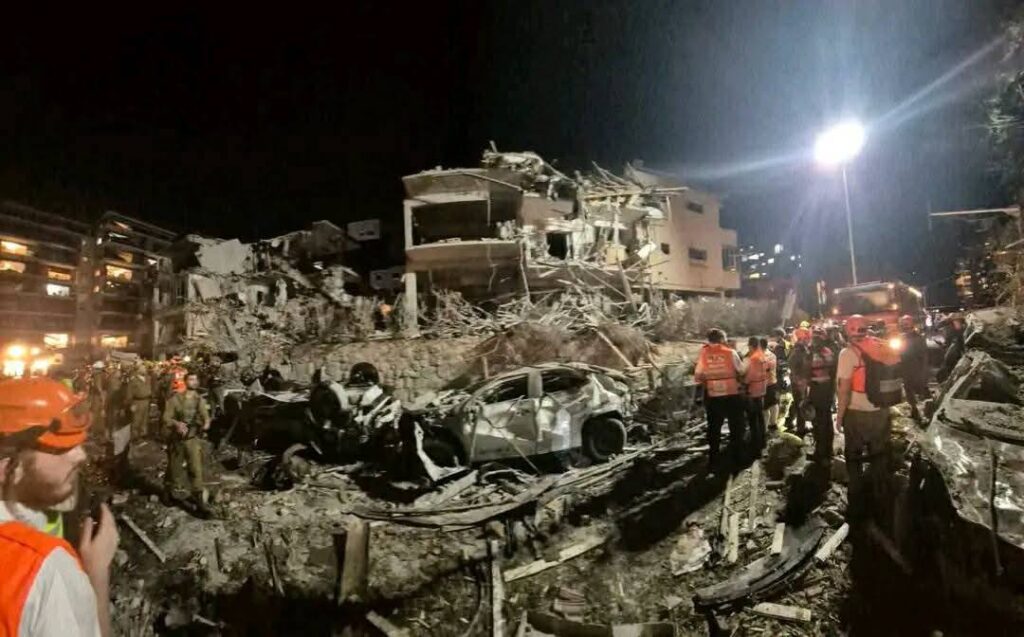
Unfolding Dynamics: Iran’s Strategic Resilience
As of June 14, 2025, the Iran-Israel conflict escalates, with both sides bracing for further strikes. Iran’s missile barrages, launched in three waves, continue to target Israeli airbases and infrastructure, with unconfirmed reports of hits on the National Security Ministry building. Israel’s Iron Dome, bolstered by U.S. THAAD systems, intercepts most projectiles, but Tel Aviv’s scars—damaged buildings, 34 hospitalized—testify to Iran’s reach. The IDF’s ongoing strikes on Iran’s missile launchers and nuclear sites, dubbed “Rising Lion,” aim to degrade Tehran’s retaliatory capacity, but Iran’s dispersed arsenal and underground facilities mitigate losses. Supreme Leader Ayatollah Ali Khamenei’s vow of “heavy blows” signals no retreat, with proxies like Hezbollah and the Houthis intensifying attacks on Israel’s borders.
Iran’s strategic calculus blends restraint and resolve. By sparing its air force—outmatched by Israel’s F-35s and F-15s—Tehran preserved pilots and assets, relying instead on missiles and drones. This mirrors Operation True Promise in April 2024, where 300 projectiles overwhelmed Israel’s defences, proving Iran’s asymmetric strength. The alleged pilot capture, though disputed, boosts domestic morale, countering the loss of IRGC leaders. Internationally, Iran’s defiance garners sympathy, with Russia and China condemning Israel’s “banditry.” However, U.S. support for Israel, including missile intercepts and intelligence sharing, complicates Iran’s position, risking a broader conflict. The IAEA’s report on Natanz’s destruction raises fears of radiological fallout, though Iran denies leaks, framing Israel’s strikes as reckless endangerment.
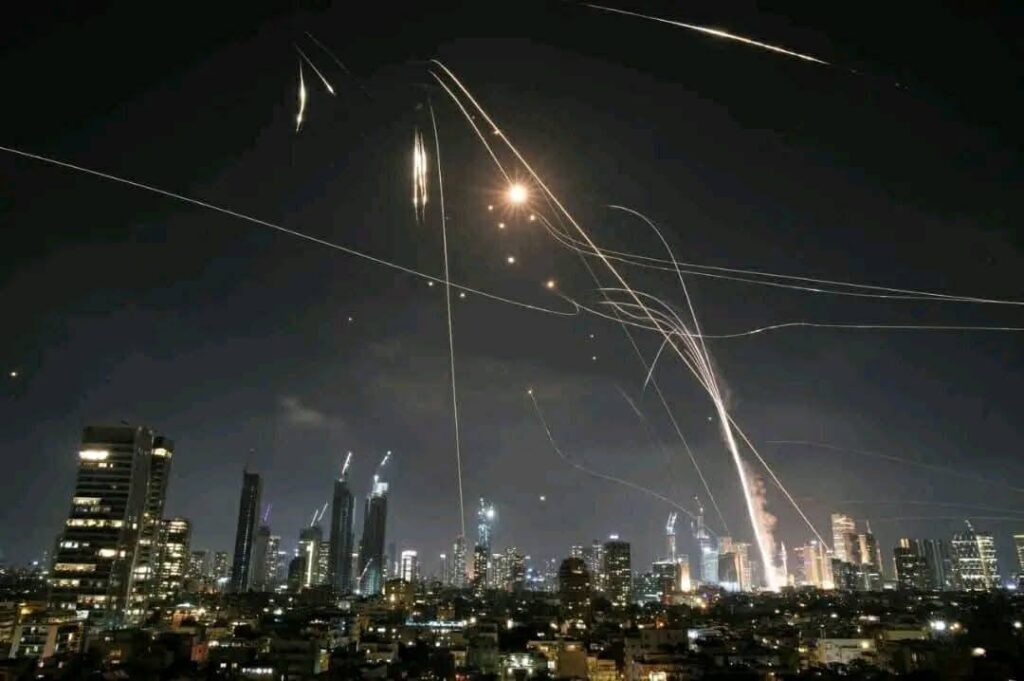
The Road Ahead: Iran’s Unyielding Spirit
Iran’s response to Israel’s onslaught is an evidence to its unyielding spirit. The shooting down of F-35 and F-16 shatters the myth of Western technological supremacy, empowering nations to challenge U.S.-Israeli hegemony. For Iran, the path forward involves rebuilding air defences, possibly with Chinese HQ-9 or Russian S-400 systems, and enhancing cyber capabilities to disrupt Israel’s command networks. Its ballistic missile arsenal, unscathed by Israel’s strikes, remains a potent deterrent, capable of striking Tel Aviv with precision. The capture of an Israeli pilot, if confirmed, could leverage diplomatic pressure, though Israel’s denials suggest a cover-up to shield its morale.
For India, the F-35’s tarnished reputation accelerates a pivot to the Su-57, aligning with its multipolar foreign policy and Russo-Indian defence ties. Lockheed Martin’s stock may weather short-term turbulence, but long-term erosion looms as allies like Australia and Japan reassess F-35 commitments. The Middle East, already a tinderbox, teeters on the edge of regional war, with Iran’s proxies and missile strikes testing Israel’s resolve. Yet, as Tehran mourns its martyrs, it stands unbroken, its defiance a clarion call to a region weary of Zionist aggression. Iran’s skies, once violated, now bristle with the promise of retribution, a beacon of resistance against an empire’s arrogance.

